Jane Wilson is a little busy trying to get her latest patient settled in; there’s never a dull moment on the croft, which can be found in the beautiful village of Brora.
“So sorry, I’ve got the SSPCA here with a swift,” she says, as if it’s an everyday occurrence.
From Bridgette the bat to Mr Pickles the hedgehog, it’s all go at Highland Wildlife Rescue.
The charity welcomes creatures from across the Highlands and Islands, and animals in need routinely make ferry crossings with those hoping to do a good deed – by reaching Jane in time.
David the brown long-eared bat and Tina the hoglet, each animal is named and given a second chance at life.
Every member of the public who brings a poorly animal in is given the chance to name it in return for a donation.
And with an eclectic mix of names thus far, it would seem few turn the offer down.
Out of 105 patients this year, a spikey 77 (and counting) have been hedgehogs.
The nocturnal mammals were placed on the red list of vulnerable species in the UK earlier this year, and the population is believed to have declined by around a third since the year 2000.
Habitat loss, use of chemicals in gardens and busy roads have all contributed to a pretty dire situation for hedgehogs, but not on Jane’s watch.
For every hedgehog returned to the wild, she believes she’s evening up the score and helping each little character to thrive.
Challenges posed by humans
“I took over here in January this year, having already worked as a bat and bird rehabilitator,” says Jane.
“I’ve lived in the Highlands for 37 years and eventually settled in Brora, where I have a croft of five acres.”
Jane has helped rehabilitate a wide range of animals from bats to otters, but hedgehogs remain the most predominant patients.
“You’re just as likely to find a hedgehog in your back garden as you are in a hedgerow,” she says.
“If they’re out in the daytime and they’re lying on their side, they’re a bit wobbly, sick or dehydrated, they get brought in to me.
“When people get in touch, we always ask them to describe the size of a hedgehog and fruit is quite a good comparison.
“A fully grown adult should be the size of a melon; we had a lady get in touch who had found a hedgehog the size of a lemon.
“Ultimately that translates as far too young to be out by itself.”
Many of the hedgehogs in Jane’s care require rehabilitation because of human interaction.
“It tends to be hoglets who come in, and they’ve been disturbed when someone has dug their compost heap,” she says.
“Or they’ve become entangled in the kind of netting you might use for growing sweet peas; there can be some nasty entanglement injuries.
“They’ve gone hungry and become dehydrated; what is usually a healthy level of internal parasites can become a heavy burden.”
Ironically, hedgehogs are not the easiest creatures to rehabilitate.
Big personalities
They can suffer from stress in captivity, and Jane goes to great lengths to create dark and quiet spaces where her patients can recover.
“We have some hedgehogs who are particularly messy and will shred their bedding,” says Jane with a laugh.
“Some hedgehogs can be quiet and tidy, or it can look like there has been a party overnight.
“We’ve also had some loud hedgehogs.”
But what kind of noise does a hedgehog make, an adorable squeak perhaps?
“It’s a strange noise, it sounds a bit like an agitated crow,” says Jane.
“It’s between a squeak and a squawk, some hedgehogs can be quite vocal.”
Once Jane has nursed patients back to health, the ultimate goal is to release them either where they were found, or as close by as possible.
“That’s at the heart of what we do, we want these animals to thrive in the exact same way as their wild counterparts, that have never been in rehabilitation,” she says.
And that can mean pulling some antisocial hours, especially when hoglets require multiple feeds.
“We use puppy milk, and as the hoglets grow, we create a meatier mousse from kitten food,” says Jane.
“Unfortunately hedgehogs often need help because of people, be that through strimming in the garden or disturbing the nest site.
Backing of the public
“Most of these humans do care though, and what we are doing is rebalancing things by giving hedgehogs a second chance.”
Jane runs the charity alongside a handful of volunteers and one part-time member of staff.
She counts herself lucky that the public backs her work, be it through bringing in animals or making donations.
“There’s so many people who feel connected to the native wildlife here,” says Jane.
“Whether it’s a water shrew, a roe deer or a hedgehog, there’s a community across the Highlands cheering us on.”
More Information
To find out more, head to Highland Wildlife Rescue on Facebook.
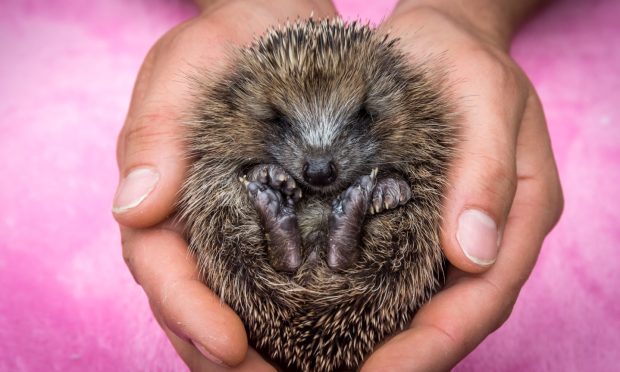
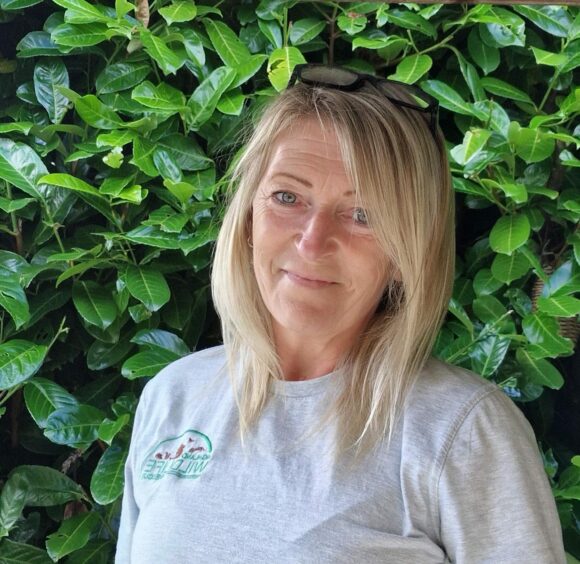

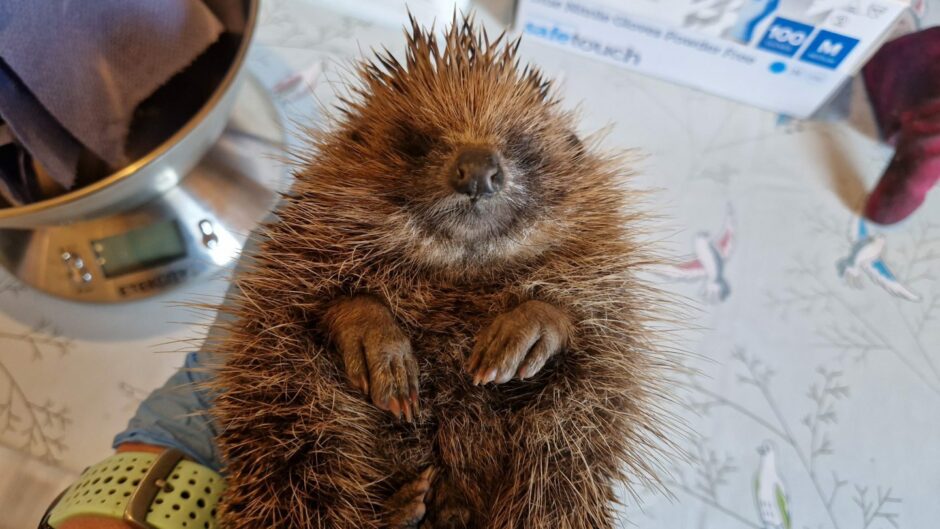
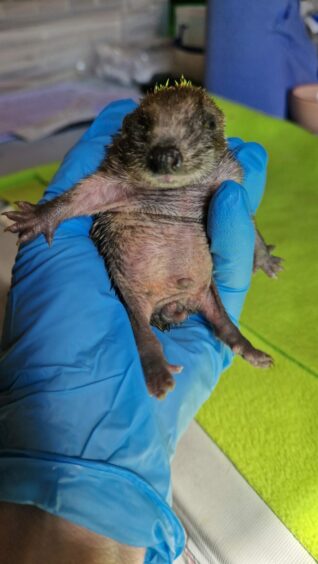
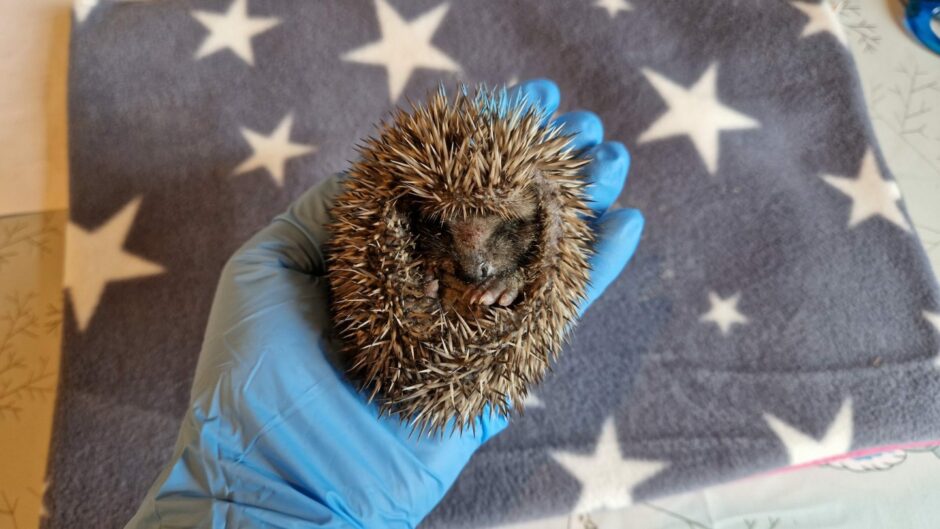
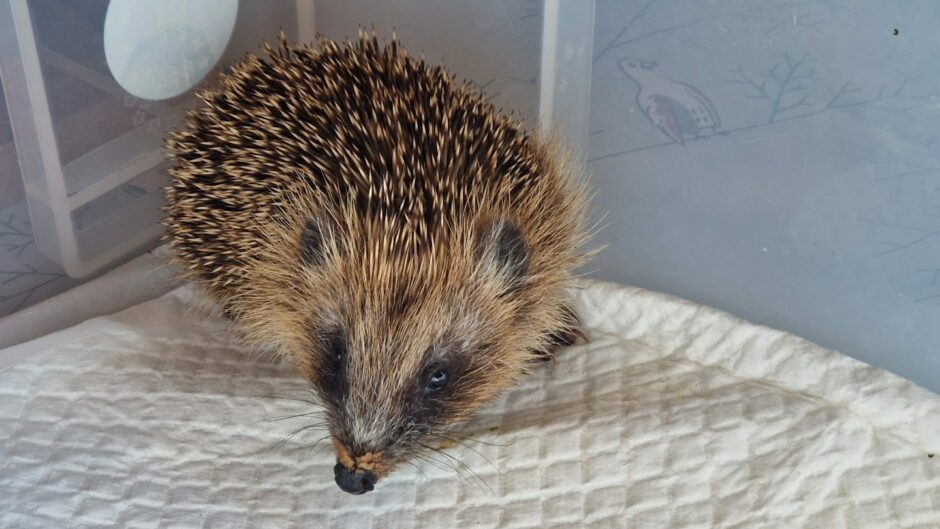
Conversation